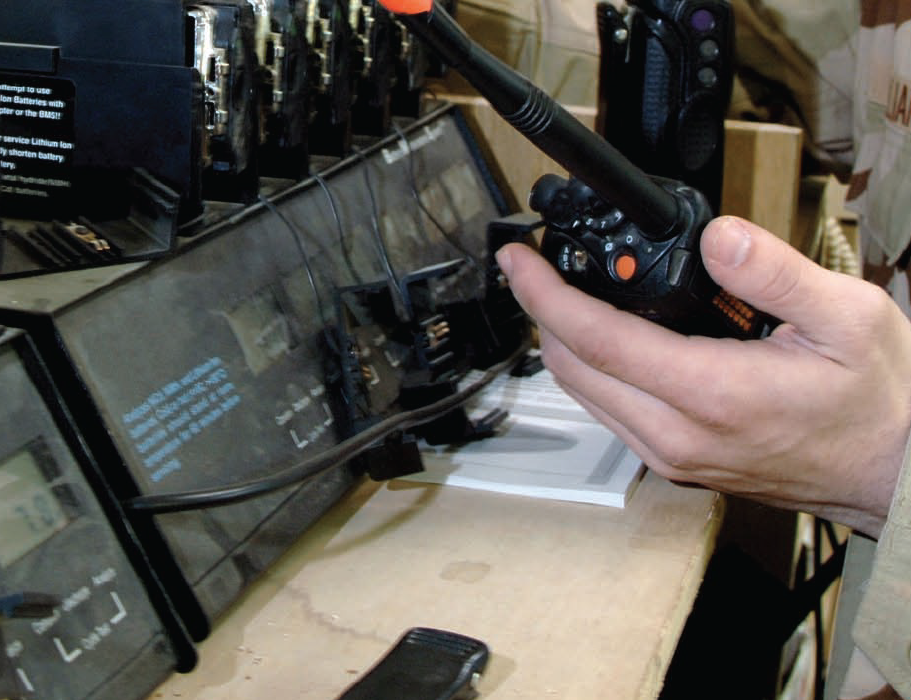Cisco products can play a vital role in ad hoc networks for military communications. I was asked to write two pieces about that: a 14-page white paper discussing the underlying technology (Radio Aware Routing) that enables Cisco routers to connect multiple segments of radio-based networks, and a two-page solution overview summarizing the benefits of RAR for field communications.
Most radios in use today were designed not to connect to broad-reaching IP-based networks, but only to communicate with other like devices. The dissimilar connection methods of radios greatly complicate the process of creating a tactical military network or easily adding new radio types and technologies.
New software-defined radios allow a single radio to operate with multiple waveforms to provide a wide range of capabilities depending on frequency, waveform characteristics, and bandwidth. However, that variability also makes it difficult to establish and maintain IP connectivity. Moreover, radio-based communications can be unreliable, and if routers are unaware of each radio’s condition, they cannot make effective routing decisions.
Finally, network routers and radios must be able to form ad hoc networks with minimal configuration or changes. All of these challenges hinder the military’s ability to have realtime access to mission-critical information.
“Patty was already familiar with wireless technologies, which helped her assimilate the content quickly and draft the document accordingly.”
— Project manager, Cisco




